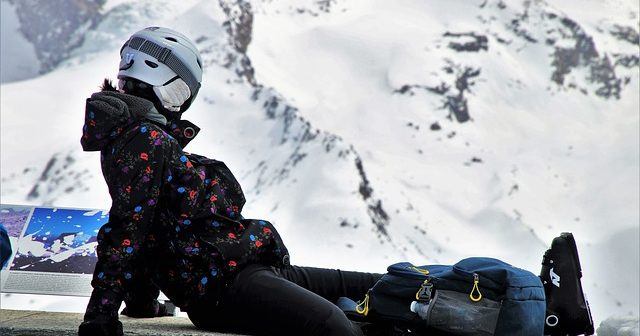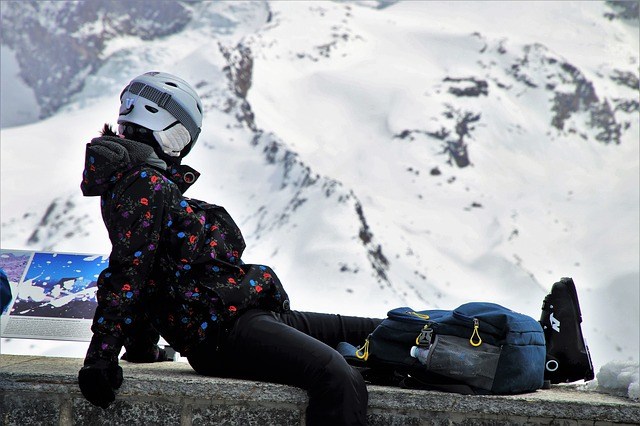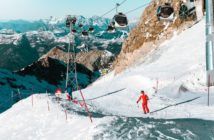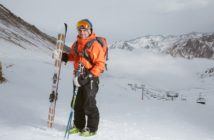Winter sports present skiers, snowboarders, and other outdoorsy people with unique challenges. When even a meteorologist can’t always predict the weather accurately, it’s hard to decide what kind of protective gear to bring with you out onto the slopes.
How much gear is there? Which piece do you need and what can be discarded? What’s the difference between hardshell or softshell, and which is better?
Here, we’ll dive into everything you need to know to enjoy the slopes and stay cozy, without risking your health or comfort. So read on!
Contents
The Importance of Hitting the Slopes Prepared
If the weather’s cold enough to let you access the slopes, then you’ll need to layer up.
Choosing the right kind of gear is essential for guaranteeing that your time outdoors is more fun than it is stressful.
Gear, though, is more than just the right jacket – it’s all the goods underneath it, as well.
Layer 1: Going Under
When you’re gearing up for a day in the cold, start with a pair of long underwear. While long underwear may seem like the kind of clothes your granddad might wear, a decent pair will go a long way in keeping you warm and dry.
Make sure they’re wickable and that you can layer a long-sleeved shirt over them. Most importantly, be sure not to wear anything made out of cotton.
Cotton, of all the fabrics, holds onto sweat and snowmelt most effectively. If your cotton underthings get wet, then you’re looking at a long day with cold, re-frozen water right up against your skin.
Keep the cotton rule in mind for your socks as well. Find a wickable pair of socks that’ll keep your toes warm while you cut through snowy banks.
Don’t layer your socks, though! Contrary to popular wisdom, layering your socks only promotes sweating.
When you’re outdoors, that sweat will freeze, meaning that your two layers of socks will do more harm than good.
Layer 2: Bulking Up
After your long underwear is in place, you’ll need to put bulk between you and the elements. This can come in the form of your favorite hoodie, sweatpants, or any form of fleece.
Fleece, unlike cotton, won’t hold onto as much of your environment’s moisture, and it’ll do more to keep you warm as you spend an extended period of time outdoors.
Cotton, again, is your main enemy here. Keep it off your body if at all possible, especially for the few hours you’ll be in the snow.
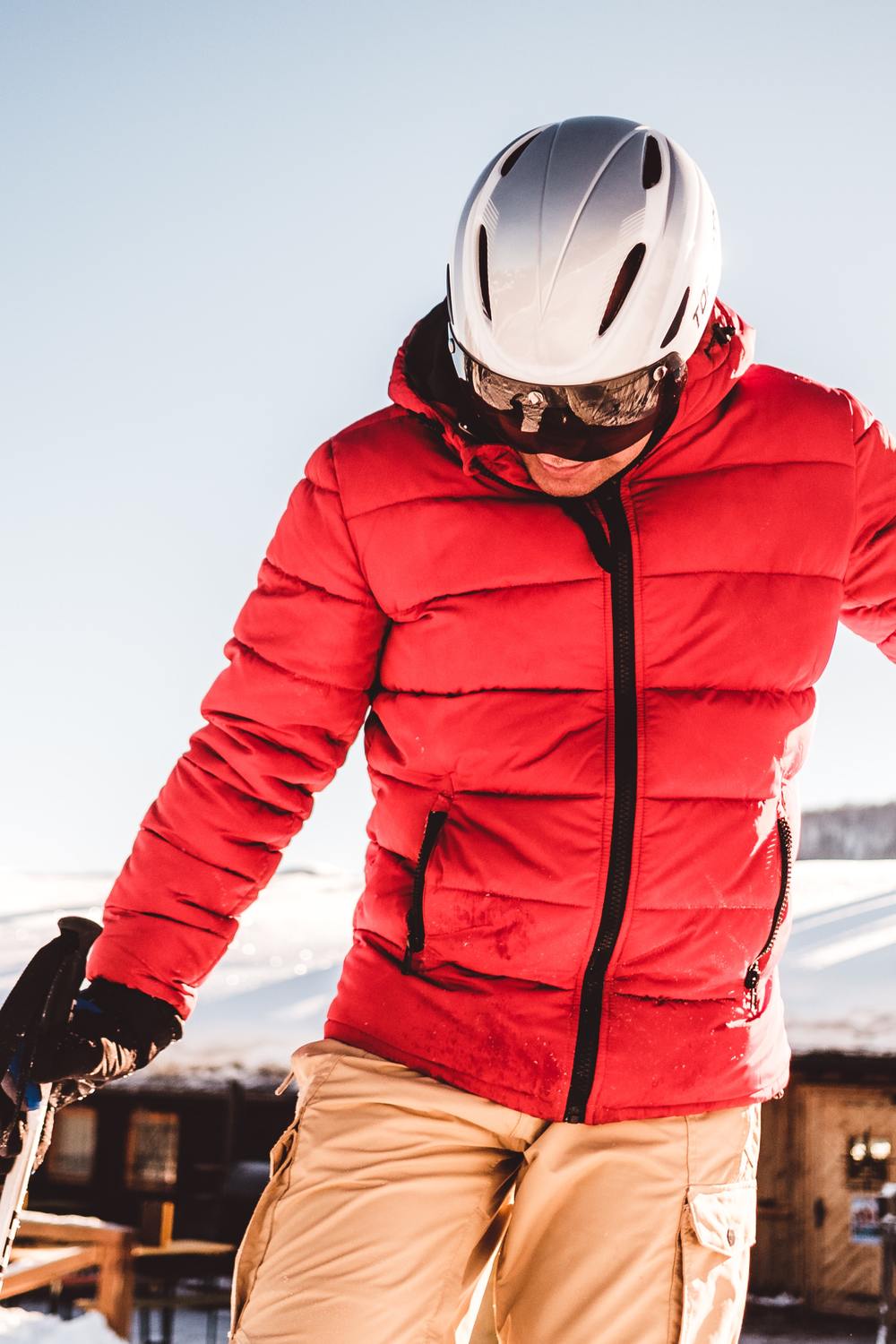
Layer 3: Pumped Up Kicks
The kind of boots you wear depends on the kind of play you’re into. While snowboarding boots and ski boots are, in general, quite similar, there are distinct variances between them.
Your boots will also differ in flexibility. If you’re renting your gear, talk to an expert in order to determine how soft or hard your boots should be and how they should ideally interact with your skis or snowboard.
Layer 4: Winter Accessories
Once you have your most comfortable boots on, move on to your pre-jacket accessories. Make sure that you have gloves, goggles, and a helmet at the ready to join you on the slopes.
Your gloves, ideally, will be waterproof, so that your fingers can stay nice, toasty, and dry while you ski.
A helmet is an optional piece of gear but remember: you’re headed out for a day of rough, athletic play. As such, do what you can to make sure that you head home with a few bruises at most, and preferably with all of your body parts intact.
Layer 5: Finding the Right Jacket
Finally, you can start looking for a jacket to wear on the slopes. The kind you need will vary depending on the weather.
Generally, though, it’s safest to try and find a jacket that is water resistant and windproof. Both of these factors work to keep you warm and dry while you’re outdoors.
Your jacket is one of many important layers to consider when suiting up, but it is also your first barrier against the elements.
Choosing whether to go hard or soft will influence your ability to enjoy yourself on a snowy, cold day.
Softshell vs. Hardshell Ski Jackets
What kinds do you have available to you?
Typically, ski jackets can be divided into two categories: hardshells and softshells.
Softshells: A Starter
A softshell jacket is considered the best alpine jacket for general, non-severe weather. These typically aren’t waterproof but are instead water-resistant.
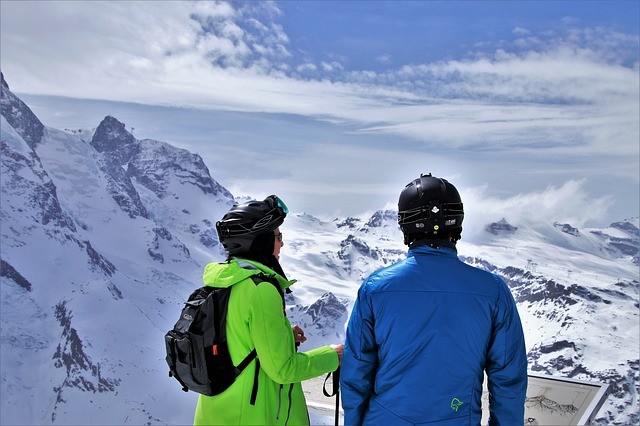
They also breathe rather well, meaning that they won’t allow sweat to gather on your skin and freeze in the cold.
You can either wear a softshell jacket as an exterior layer in warmer weather or as a mid-level layer in the depths of winter.
If you’re looking for a jacket that promotes mobility, flexibility, and comfort, then a softshell jacket may be right for you.
When to Wear a Softshell Jacket
Is it drizzling outside? Gently snowing? If so, then it may be the right time for a softshell jacket.
Softshell jackets, as has been mentioned, are perfect for slightly warmer weather, or weather that doesn’t require as much heavy layering.
You can wear softshell jackets off the slopes, as well. Because of the wicking ability of these jackets, they’re ideal to wear while exercising during the cooler months of the year.
Pros of a Softshell Jacket
Why buy a softshell jacket, then?
Breathable
The materials that softshell jackets are composed of help them blend in with those that you might wear on a daily basis.
The inconspicuous and lighter nature of these jackets, then, ensures that they don’t take up a lot of space on the slopes.
The difference between a standard jacket and a softshell jacket, then, is their breathability. Softshell jackets are primarily athletic jackets. They’ll wick sweat away from your body to ensure that you don’t get moist or that your sweat doesn’t freeze to your skin.
That wicking ability is what makes a softshell jacket excellent for wear on the slopes and in the streets.
Layerable
Because softshell jackets are so light, they can easily be paired with other hardshell jackets. This is what makes the softshell jacket exceptionally versatile.
If you step outside and find that your softshell isn’t going to keep you warm, it’s easy to pull on a hardshell as well and keep yourself cozy.
Quiet
Unlike their hardshell alternatives, softshell jackets are also exceptionally quiet.
These jackets are usually made out of stretch woven fabrics that make them easy to pack and, as was mentioned, are lightweight. They’re also less likely to crinkle whenever you shift.
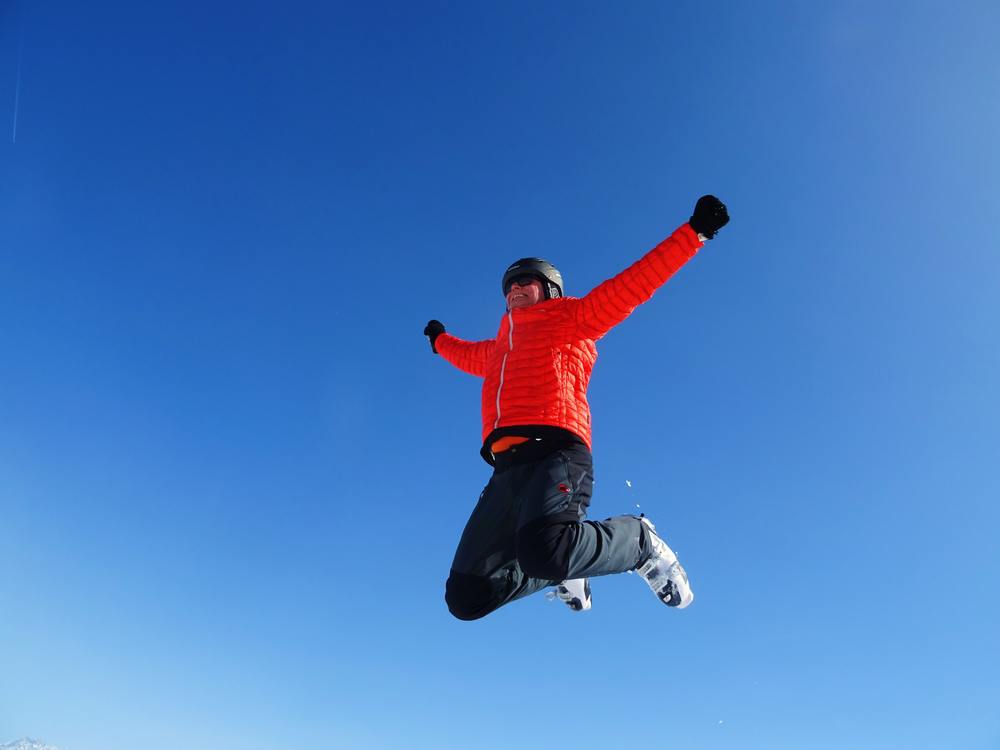
Cheap
Finally, softshell jackets are notably cheaper than their hardshell alternatives. This is because they’re a more general type of jacket.
You can wear them during the spring as well as on the slopes, meaning that you are, overall, going to get more for your money when you bring one into your closet.
Cons of a Softshell Jacket
That doesn’t mean that softshell jackets are perfect, though.
Water Resistant, Not Waterproof
Even though softshell jackets are meant to keep you dry, they’ll falter in the face of heavy snow or rain.
If the weather looks like it’s going to be rough while you’re on the slopes, you’ll want to consider layering up or looking into a hardshell jacket.
Not So Protective
Similarly, a softshell jacket isn’t going to keep you as warm as a hardshell jacket does.
If the temperature goes below -5 with windchill on the slopes, then you’re likely to be shivering in no time at all with a softshell jacket.
This video explains more about softshell jackets.
Hardshell Jackets: A Starter
It’s always a good idea, in light of the softshell’s shortcomings, to have a hard shell ski jacket on hand.
These jackets are some of the best ski shell jackets for frequent skiers and snowboarders, or people who are interested in the kind of winter sport that leans into the extreme.
These jackets are made out of a variety of materials ranging from nylon to PVC, but they remain breathable thanks to the integration of more flexible materials.
For a bit of extra flair, hardshell jackets frequently come with hoods that are designed to prevent rain or snow from blocking your vision while you’re outdoors.
When to Wear a Hardshell Jacket
As you may have guessed, hardshell jackets are ideal for rough and tumble weather, as well as more extreme skiing and snowboarding experiences.
If you’re determined to ski an uncharted trail, hit the backcountry slopes, or take to a mountainside, then a hardshell jacket is the one for you.
If the weather also looks messy – either in the form of heavy rain, snow, or sleet – then you’ll want to have a hardshell jacket on hand in order to stay as warm and dry as possible.
Pros of a Hardshell Jacket
Why get a hardshell jacket, then? Let’s take a look at its best features.
Protective
Hardshell jackets are designed to keep you safe while you’re out in severe weather.
This means that if the weather turns sour while you’re on the slopes, you can make it back to safety while remaining warm and mostly dry.
These jackets can also be used as shelters, if absolutely necessary, making them ideal for skiers and snowboarders who want to push their limits.
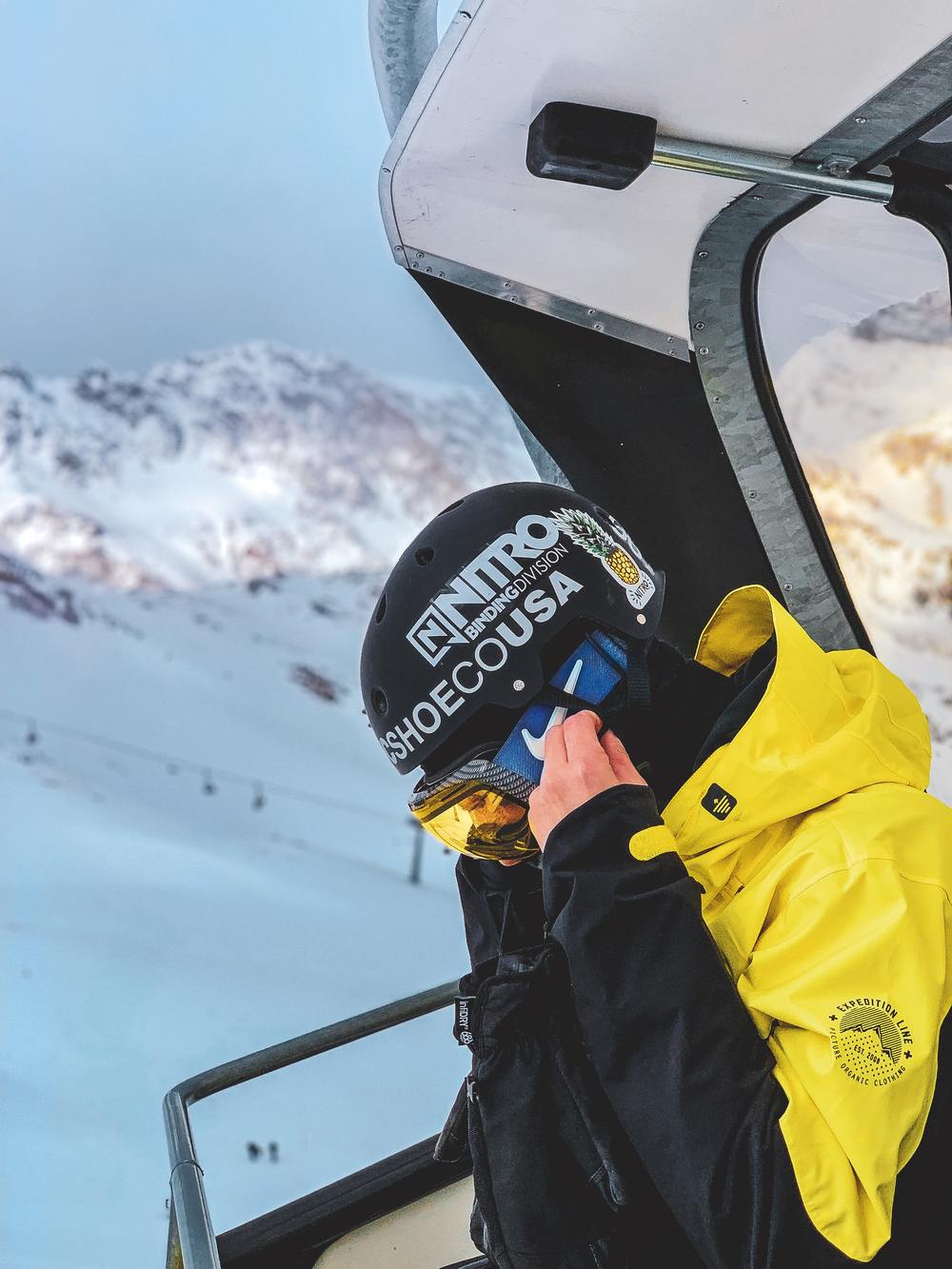
Sturdy
These jackets are also meant to hold up under a massive amount of strain. The fabrics of a hardshell jacket are woven tightly in order to preserve your warmth.
The benefit of this is that, if you brush against some bramble or happen to tumble down the slope, your jacket is probably going to come away from the encounter in one piece.
Note that just because a hardshell jacket is sturdy, doesn’t mean that it’s armor, of course. Remember ski and snowboard responsibility, whether you’re chasing an adrenaline high or not.
Extreme Sport Design
Speaking of adrenaline highs: hardshell jackets are the best ski jacket for outdoor adventurers who prefer to live on the edge.
If you’re skiing in the mountains as opposed to a combed slope, or if you’re heading off a beaten trail, have a hardshell jacket with you.
This gear is designed to keep you safe while you explore the limitations of your favorite winter sport.
Cons of a Hardshell Jacket
There are, of course, downsides to the hardshell jacket, included in the following:
Expensive
Unlike their softshell alternatives, hardshell jackets are designed specifically for more extreme winter sports. This specialization means that they’re going to be more expensive.
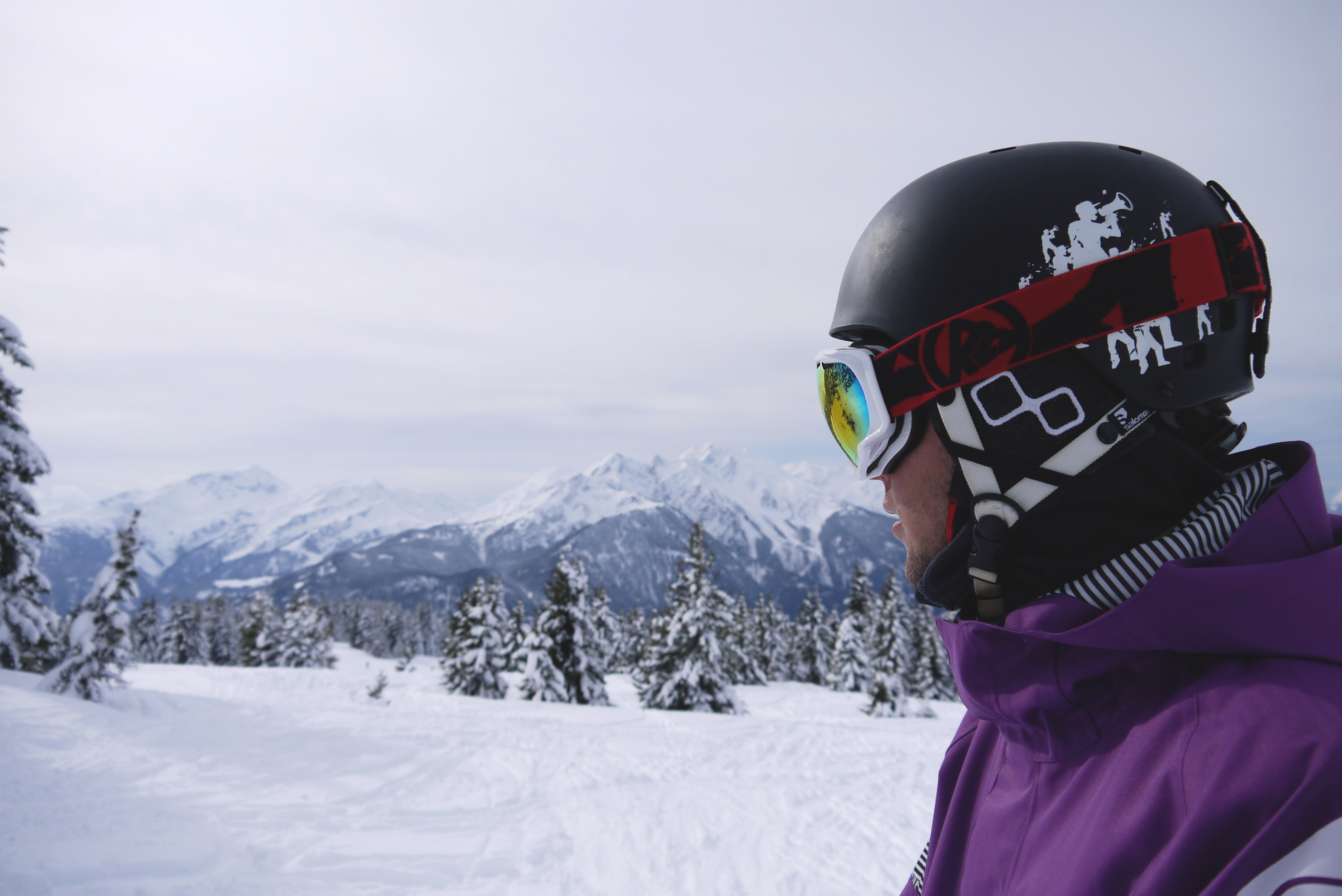
They also have a primary use, which means that, while you can wear them out in general public, you might get a few odd looks along the way.
Because of this, hardshell jackets tend to be a specific type of gear that’ll cost you a pretty penny for minimal reuse.
Lack of Breathability
Because these jackets are also designed to be protective, they’re going to wick sweat less effectively than softshell jackets.
You’re more likely to work up a sweat while wearing a hardshell jacket, which means that you may feel slightly more uncomfortable in one long-term.
The trade off, of course, is that a hardshell jacket will keep you dry in heavy rain or snow, but the balance of that advantage depends on you.
Here’s a video explaining more on the hardshell jacket.
Which is Best: Hardshell or Softshell
With that in mind, who comes out on top in the softshell vs. hardshell jacket debate? Generally, it depends on the type of skiing or snowboarding that you’re taking on.
It also depends on the weather. If the day looks bright, sunny, and somewhat temperate, then a softshell jacket is your friend.
If you’re heading out onto difficult terrain or if a storm is rolling in, then have a hardshell jacket on hand.
Making sure that you’re properly equipped to spend the day on the slopes is essential – not only to your enjoyment but also to your safety.
Make the best decision for you when choosing which jacket to buy and wear. Only you can decide which is best for your winter adventures.
Which jacket do you prefer? Hardshell vs shoftshell?

